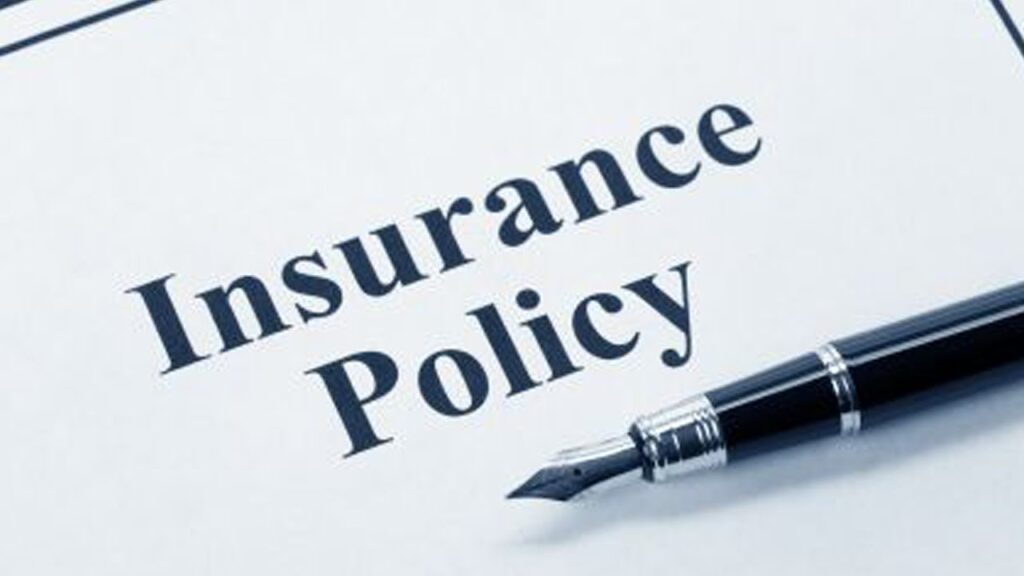
Policy limit investigations are a cornerstone of risk management, insurance claims handling, and legal settlements. Accurately determining policy limits ensures that claimants receive proper compensation while insurers maintain financial and legal integrity.
However, the complexity of insurance policies, combined with evolving regulations and multifaceted claim scenarios, makes policy limit investigations challenging. To maximize accuracy, investigators must adopt a methodical, data-driven, and legally sound approach that integrates technology, meticulous documentation, and professional expertise.
Understanding Policy Limits
Policy limits refer to the maximum amount an insurance company will pay for a covered loss. These limits can vary based on the type of coverage, policy endorsements, exclusions, and sometimes the jurisdiction in which the policy is issued.
Limits may be expressed per occurrence, per policy period, or per individual involved in a claim. Misinterpreting policy limits can lead to underpayment or overpayment, exposing insurers to financial loss, reputational damage, and potential legal liability.
To conduct a precise policy limit investigation, investigators must first understand the specific structure of the policy. This involves carefully reviewing declarations pages, endorsements, exclusions, and any riders that may modify the base coverage.
The investigation should also take into account other applicable policies, such as umbrella or excess liability policies, to ensure a comprehensive understanding of the coverage available.
Steps to Maximize Accuracy
1. Comprehensive Document Review
The first step in maximizing accuracy is to collect and review all relevant documentation. This includes the insurance policy itself, prior amendments, correspondence between the insurer and policyholder, claims reports, and any historical claims data that may affect coverage. Investigators should be meticulous in identifying any policy ambiguities, gaps in coverage, or overlapping limits across multiple policies.
Additionally, understanding the context of prior claims under the same policy is crucial. Historical data can reveal patterns that may influence current limits, such as sublimits applied to specific types of claims, previously negotiated settlements, or claims previously denied due to exclusions.
2. Verification of Policy Authenticity and Validity
Policies are subject to amendments, cancellations, and reinstatements. Therefore, verifying the authenticity and current status of the policy is essential. Investigators should confirm that the policy was active at the time of the claim, that premiums were paid, and that no lapses or endorsements have altered the effective coverage.
Cross-referencing information with underwriting files, insurer databases, and even regulatory filings can prevent errors due to outdated or inaccurate policy records. Inaccurate assumptions about coverage status can lead to disputes and costly legal challenges.
3. Detailed Claim Analysis
Once the policy details are established, the next step is to analyze the claim against the policy limits. Investigators must carefully examine the nature of the claim, the total damages claimed, and any factors that could affect coverage, such as contributory negligence or excluded activities.
This step requires a nuanced understanding of insurance law, policy language, and claims management practices. Investigators must distinguish between covered and non-covered losses, sublimits, and any deductibles that may apply. It is also vital to consider aggregation clauses, which may limit total payouts across multiple occurrences of similar claims.
4. Leveraging Technology and Data Analytics
Modern policy limit investigations benefit significantly from technology. Digital tools can automate document review, track policy changes, and flag potential discrepancies across multiple policies. Data analytics platforms can provide insights into claim patterns, helping investigators identify potential errors or inconsistencies in reported damages.
Artificial intelligence (AI) and machine learning algorithms are increasingly used to parse large volumes of policy documents and claims data. These tools can highlight unusual clauses, cross-reference coverage terms, and even predict potential gaps in coverage. However, technology should complement—not replace—human judgment. Experienced investigators remain essential for interpreting nuanced policy language and complex claim scenarios.
5. Collaboration with Legal and Compliance Teams
Insurance policies often contain language that requires legal interpretation, especially in cases of liability, exclusions, and sublimits. Collaborating with legal and compliance teams ensures that the investigation aligns with regulatory requirements and minimizes exposure to litigation risk.
Legal counsel can also provide guidance on emerging case law or regulatory updates that may impact policy interpretation. In some cases, involving legal experts early in the investigation can expedite claim resolution and prevent disputes from escalating into costly lawsuits.
6. Maintaining Clear and Accurate Documentation
Documentation is the backbone of any policy limit investigation. Every step of the process, from initial policy review to final analysis, should be meticulously recorded. Detailed records serve as evidence in case of disputes, support regulatory compliance, and provide a reference for future investigations.
Effective documentation includes notes on communications with policyholders, copies of all relevant policy documents, and a clear rationale for every conclusion reached. Investigators should also document any assumptions made during the investigation, along with supporting evidence for those assumptions.
7. Continuous Training and Professional Development
The insurance industry is dynamic, with frequent updates to policies, regulations, and claims practices. Investigators must engage in continuous training to remain current with industry standards and best practices. Certifications, workshops, and professional associations provide opportunities for skill enhancement and networking with peers.
Training should emphasize analytical skills, legal knowledge, technology proficiency, and ethical standards. Well-trained investigators are better equipped to navigate complex cases, identify potential errors, and ensure that policy limits are accurately determined.
Challenges and Mitigation Strategies
Despite best efforts, policy limit investigations face inherent challenges. Ambiguous policy language, incomplete records, multiple insurers, and evolving regulations can complicate the process. To mitigate these risks, investigators should adopt a proactive and structured approach:
Establish standardized procedures: Clear protocols reduce the risk of oversight and promote consistency across investigations.
Implement quality control measures: Peer reviews and audits of investigative findings can catch errors before conclusions are finalized.
Use scenario-based analysis: Considering multiple claim scenarios helps identify potential coverage gaps and ensures a comprehensive evaluation.
Foster communication with stakeholders: Regular updates to policyholders, claim adjusters, and legal counsel improve transparency and reduce misunderstandings.
Conclusion
Maximizing accuracy in policy limit investigations is both a science and an art. It requires a careful balance of analytical rigor, legal understanding, technological tools, and professional judgment.
By following a structured process that includes thorough documentation, claim analysis, technological integration, legal collaboration, and continuous professional development, investigators can ensure precise determination of policy limits.



